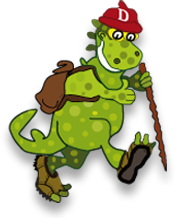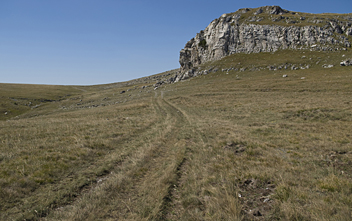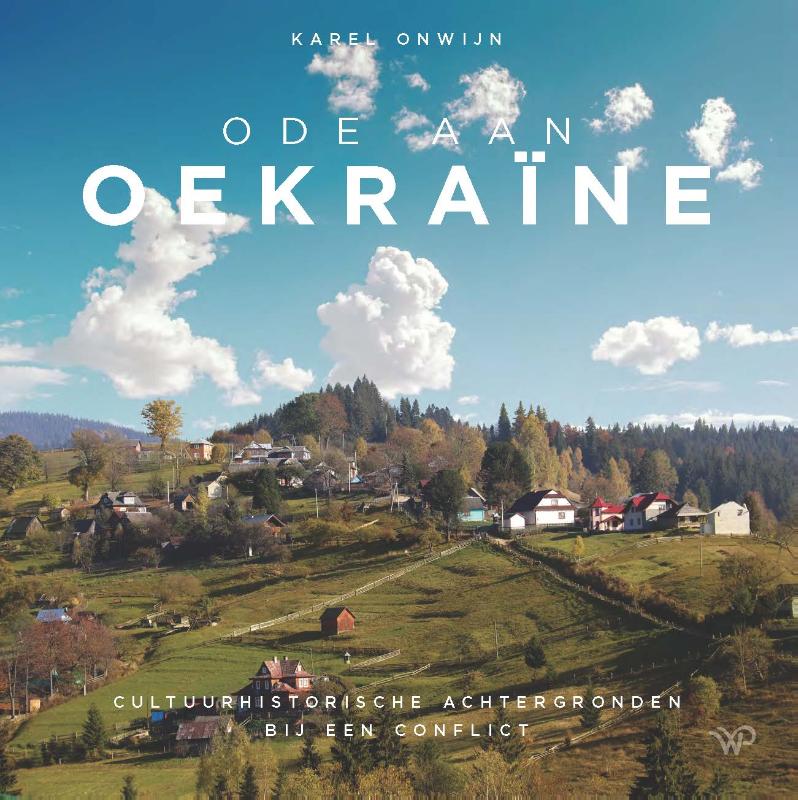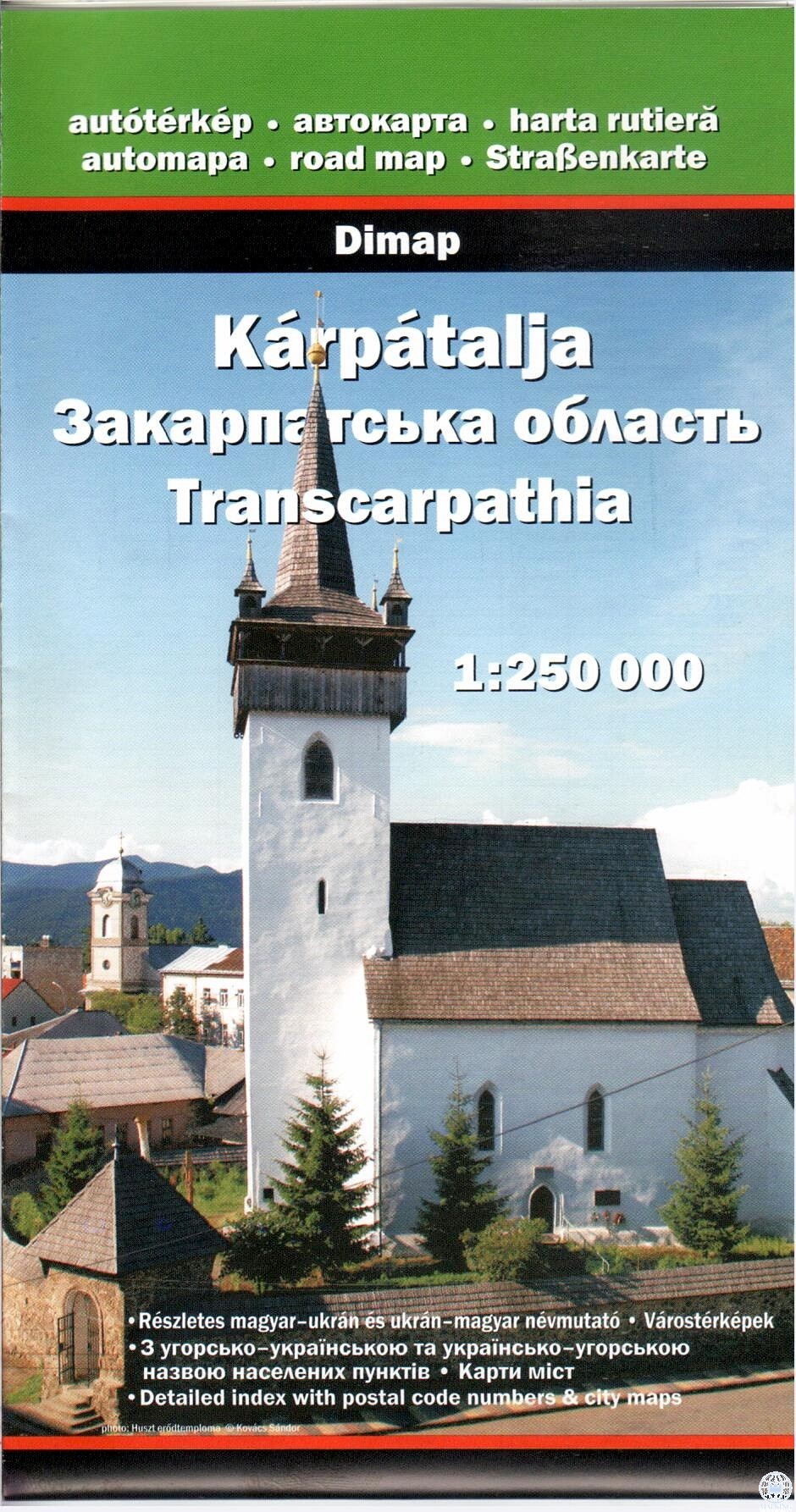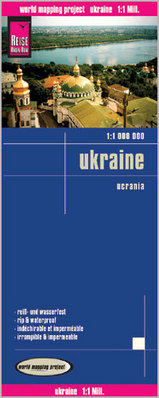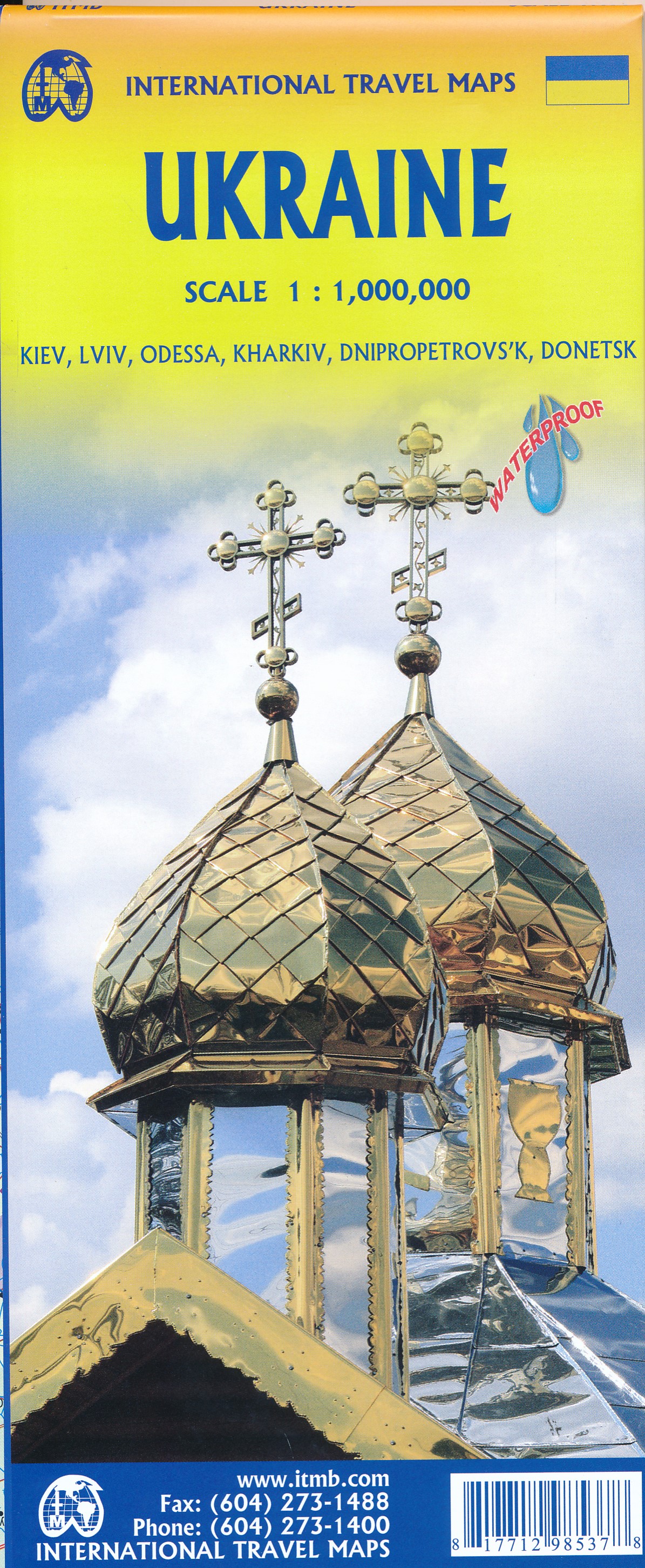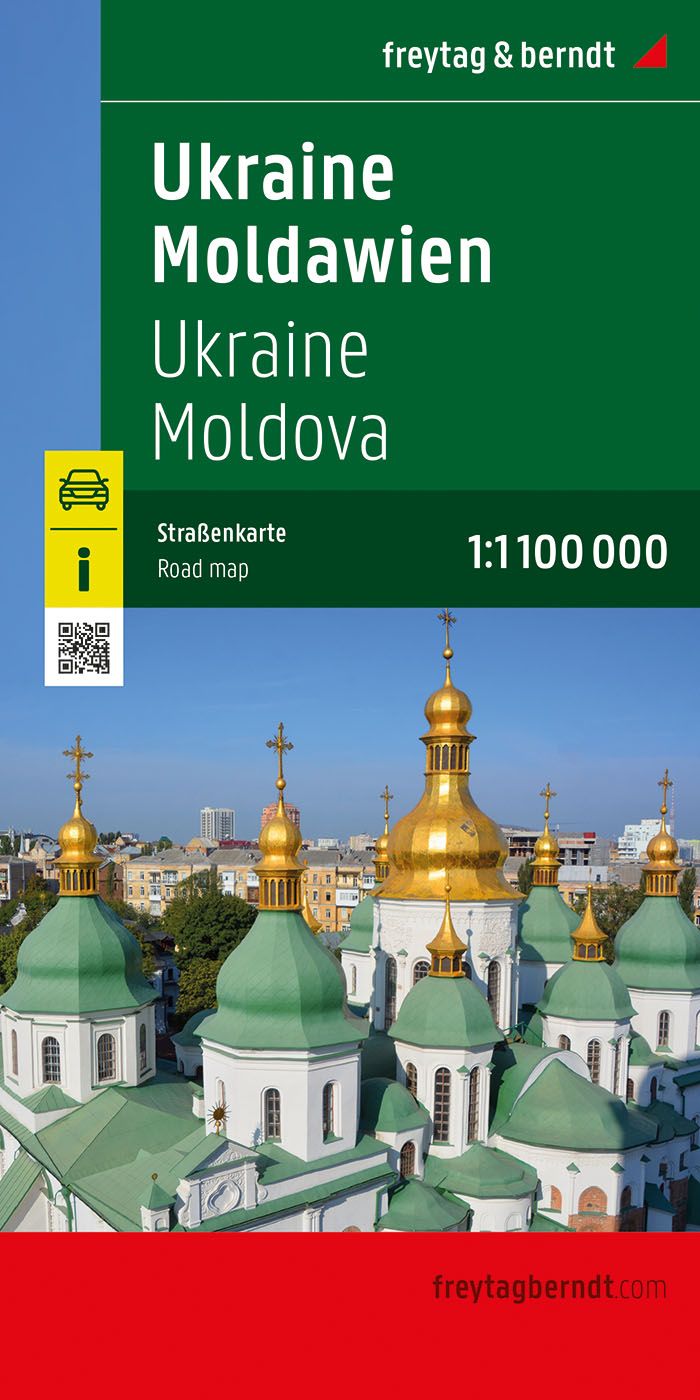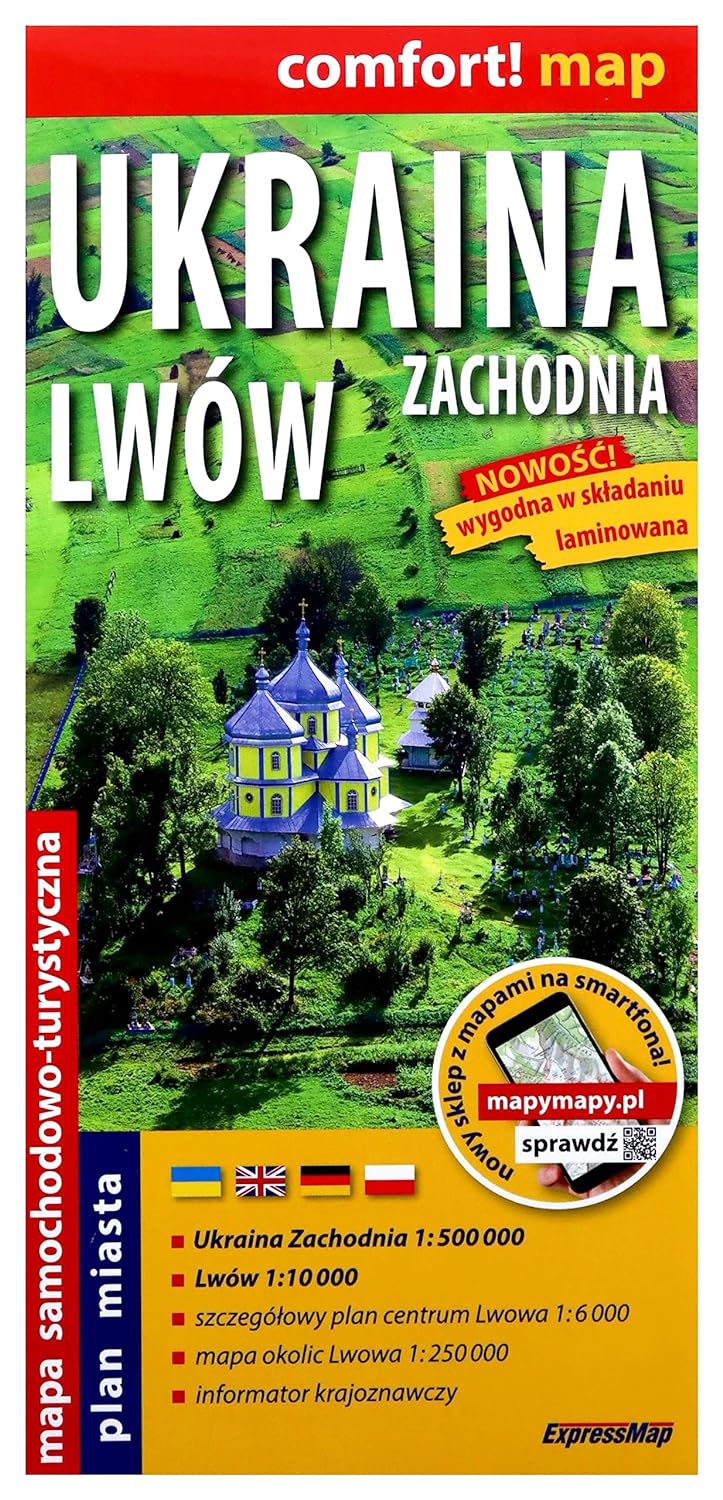Ukraine
Description
Being the second largest in Europe, Ukraine is a predominantly flat country of fertile plains through which run the mighty Dnieper river and its more than twenty tributaries, all ultimately flowing into the Black Sea. Towards the west hills slowly rise up to where the Carpathian mountain range touches on the far western corner of Ukraine. This is where you'll find Ukraine's highest mountain, Hora Hoverla (2061m), amidst a landscape of decidedly green slopes with meadows and forests of oak and beech. Although this is not the highest part of the Carpathians, it does have a distinctly remote feel to it, as it is not yet easily accessible and economically one of the poorest regions of Ukraine.
For something completely different, try the only other true mountains of Ukraine, on the peninsula of Crimea in the Black Sea down south. Contrary to the Carpathians, the climate here is more of a Mediterranean sort, resulting in a generally dry and open landscape offering marvellous views of the Black Sea coast at times.
As yet undeveloped, there are bound to be interesting hiking possibilities in some of Ukraine's nature and landscape parks, such as the steppes of Hranitno-Stepove Pobuzhzhya park, Kinburnska Kosa park extending into the Black Sea, or the limestone ridges of Podilski Tovtry park along the Dniester river.
Although there are numerous hiking trails in both the Carpathians and on the Crimean peninsula, they are poorly waymarked if at all. Topographical maps do exist (often in Russian) and are sold locally, and some do show hiking trails, but these can be outdated and imprecise, so be prepared for some real exploration! Forget about mountain huts and official camp sites, as these appear to be virtually non-existant. It is not uncommon to hire a local guide.
The season for walking the Carpathians runs April to October, but rain including violent thunderstorms is frequent. On the Crimean peninsula it is best to avoid the summerheat of July and August.
Régions
Liens
Données
Rapports
Guides et cartes
Hébergement
Organisations
Voyagistes
GPS
Autre
Livres

Netherlands
- No Place Like Home, Thank God
- Amazon UK Bestseller Number 1 in Cycling and Top 3 in Travel and in SportAfter a near fatal brain haemorrhage Steven Primrose-Smith decides that life is too short to hang around. Inspired, he jumps on his bicycle to travel a road that stretches 22,000 miles across the whole of Europe.During his ride through 53 countries, climbing the equivalent... Lire la suite
- Also available from:
- Bol.com, Belgium

Belgium
- No Place Like Home, Thank God
- Amazon UK Bestseller Number 1 in Cycling and Top 3 in Travel and in SportAfter a near fatal brain haemorrhage Steven Primrose-Smith decides that life is too short to hang around. Inspired, he jumps on his bicycle to travel a road that stretches 22,000 miles across the whole of Europe.During his ride through 53 countries, climbing the equivalent... Lire la suite

Netherlands
- Ukraine (Other Places Travel Guide)
- Palaces that emerge from the mountains, beaches with names like "New World," ski resort towns straight out of a Bond film, and clubs where passwords must be whispered to enter - it must be Ukraine. A secret favorite of backpackers for years, Ukraine is finally getting recognized by the outside world for what it is: a can't miss travel... Lire la suite
- Also available from:
- Bol.com, Belgium

Belgium
- Ukraine (Other Places Travel Guide)
- Palaces that emerge from the mountains, beaches with names like "New World," ski resort towns straight out of a Bond film, and clubs where passwords must be whispered to enter - it must be Ukraine. A secret favorite of backpackers for years, Ukraine is finally getting recognized by the outside world for what it is: a can't miss travel... Lire la suite

Netherlands
- Out Of Steppe
- Central Asia is the general name for the landmass between Iran, China, Siberia and Afghanistan. An area of enormous diversity both geographically and ethnically, it has been shaped by trade and commerce (the Silk Road) and by many invaders, including Alexander the Great, Genghis Khan and Stalin. Today the area is divided into five 'stans:... Lire la suite
- Also available from:
- Bol.com, Belgium

Belgium
- Out Of Steppe
- Central Asia is the general name for the landmass between Iran, China, Siberia and Afghanistan. An area of enormous diversity both geographically and ethnically, it has been shaped by trade and commerce (the Silk Road) and by many invaders, including Alexander the Great, Genghis Khan and Stalin. Today the area is divided into five 'stans:... Lire la suite
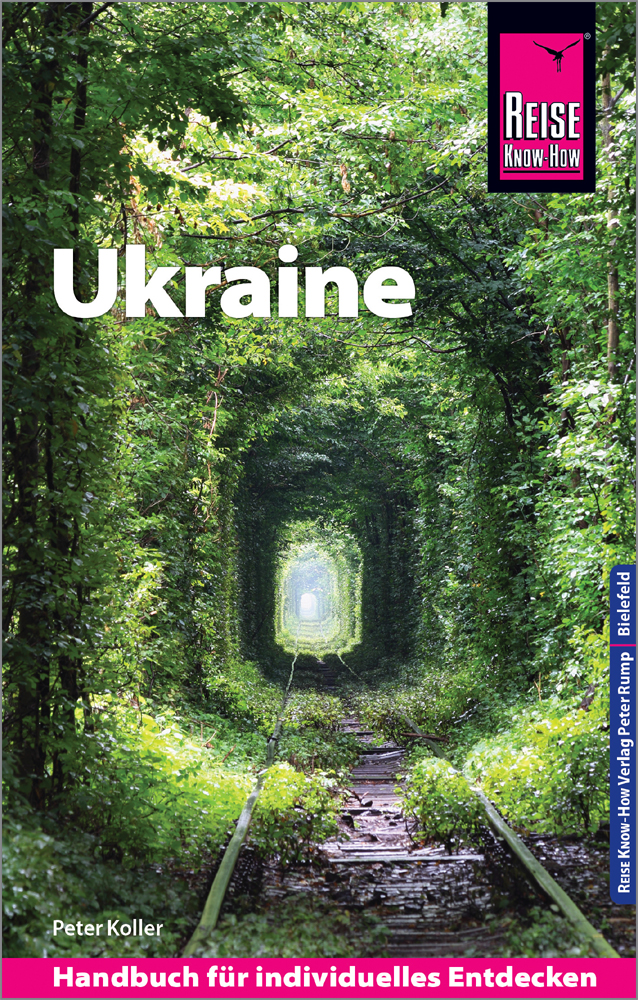
Netherlands
2019
- Reisgids Ukraine - Oekraïne | Reise Know-How Verlag
- Reise Know-How Ukraine ab 24.9 EURO Reiseführer für individuelles Entdecken Reise Know-How Handbuch für individuelles Entdecken. 1. Auflage Lire la suite

Netherlands
2018
- Reisgids Ukraine - Oekraïne | Lonely Planet
- Ukraine ab 18.99 EURO 5th edition Lire la suite
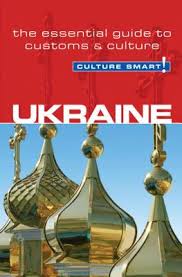
Netherlands
2012
- Reisgids Culture Smart! Ukraine - Oekraïne | Kuperard
- De Cultuur Bewust!-gids geeft toeristen en zakenlieden belangrijke informatie met betrekking tot de cultuur van alledag in het land van bestemming. Anders dan in de gebruikelijke reisgidsen wordt de lezer in deze reeks bijgespijkerd op het gebied van omgangsvormen, normen en waarden, hoe zich te gedragen en wat verwacht mag worden op zakelijk... Lire la suite
Cartes

Netherlands
2022
- Wegenkaart - landkaart Ukraine - Moldova | Gizi Map
- Ukraine & Moldovia Road Map 1 : 1 100 000 ab 11.95 EURO Map for Businessmen & Tourists. With index. Kyiv, L´ viv. Crimean Riviera Gizi Map. new edition Lire la suite
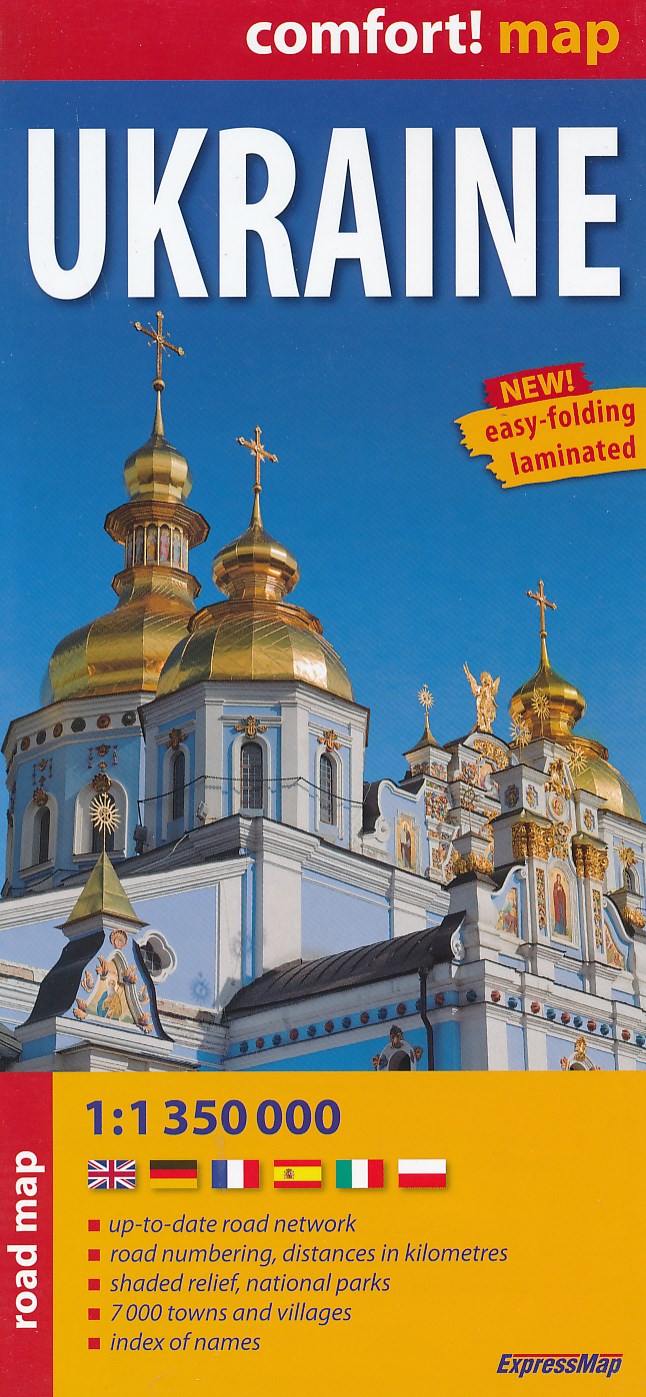
Netherlands
2019
- Wegenkaart - landkaart Comfortmap Ukraine | ExpressMap
- Ukraine Road map 1 : 1 350 000 ab 9.9 EURO Neuauflage Lire la suite
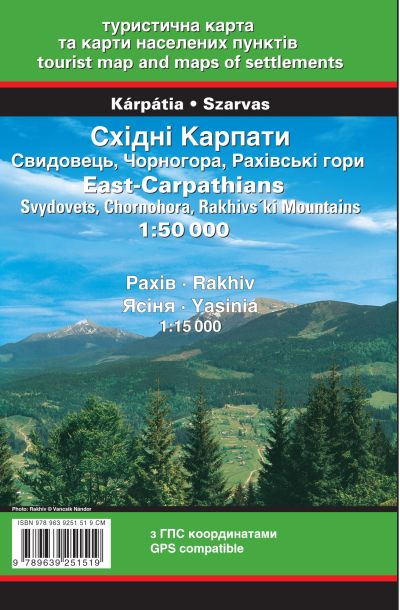
Netherlands
- Wandelkaart Maramures Mountains (East-Carpathians) | Dimap
- Goede wandelkaart van een specifiek deel van de karpaten in de Ukraine. Ondanks het feit dat dit voormalig Oostblok-land nog een hoop heeft in te halen, zijn deze detailkaarten van een uitstekend nivo. Voorzien van alle noodzakelijke informatie voor wandelaars: hoogtelijnen, hutten, campings, wandelpaden (al dan niet gemarkeerd), maar ook... Lire la suite
